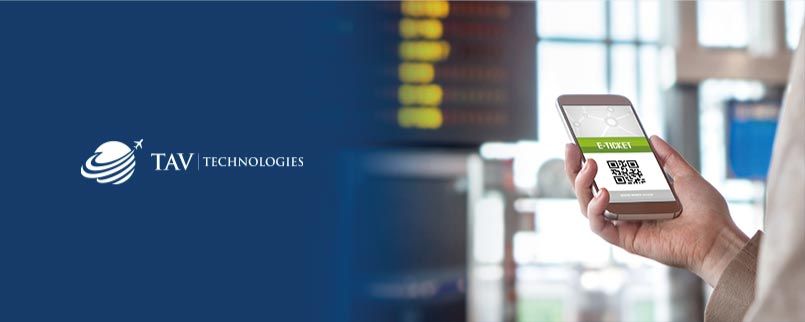
Mar 2021
The developments about the COVID-19 vaccine raised hopes that life may return to normal soon and people will be able to travel again. However, it is clear that in the post-COVID-19 world, the traditional travel experience no longer exists and flying habits are set to change drastically for the long term.
Airports and airlines need to react with new health and safety concepts and continue to digitally transform ensuring the safety of passengers and staff even if the normal life is back and the COVID-19 pandemic is over. Touchless technologies are one of the important technologies that will play a fundamental role in helping airports to meet passengers changing needs and expectations during and after the pandemic era.
Self-Service Technologies
The term self-service refers to any sort of technology that allows people to produce services without interaction with service providers. In other words, self-service technologies reduce the need for human-to-human interactions with the intention to make service transactions more accurate, convenient, and faster.
Over the last few years, the trend for doing it yourself rapidly grew in popularity across all industries. For many consumers, it represents an exciting opportunity to experience a fast, efficient shopping or service process that puts them in control and maximizes their time with the simple touch of a button.
Airport Self-Service Solutions
Before Coivd-19, in the last decade, air traffic has increased significantly creating challenges for security, as well as the flow of people, baggage, and aircraft. Airports heavily invested in smart technologies to overcome these challenges and improve their efficiency, and security. Before and after COVID-19, smart technologies such as self-service technologies continue to evolve and gain trust and popularity. Self-service options are becoming an ever-expected part of the air travel experience, from trip booking, check-in, self-service bag drop, and boarding to a richer shopping experience. Taking advantage of technologies such as QR codes and mobile applications will help passengers to have a fully touchless passenger journey.
Here are some examples of how airports benefit from self-service techs.
Touchless Self-service kiosks, allow passengers to check-in, receive their boarding pass, choose seats on board, print tags, and drop off their bags to the handling systems by themselves without the help of an agent and without the need of touch input.
Mobile Applications, make wayfinding around the airport easier and faster. Providing passengers with real-time information such as flight departure, arrival information, updates on parking availability at the airport, security wait times.
AI-powered chatbots and voice bots, an automated systems that can answer queries by using a database of answers. Bots reduce the need for physical contact and enable customer service employees to focus on more complex tasks instead of dealing with routine requests.
Mobile ordering and preordering for airport restaurants, food and beverage shops, duty-free retail shops, lounges and delivery services that allow passengers to order via QR code, access menus, etc.
Biometrics is becoming increasingly popular in airports around the world, providing a streamlined, paperless and efficient boarding experience, several international airports, have launched biometric-related projects, speeding the check-in and boarding process. Passengers can use facial recognition technology at check-in, bag drop, and self-boarding gates. It saves time and is much safer in terms of security as basically, the passenger’s face becomes the boarding pass.
Beacons are short-range wireless devices that use Bluetooth to detect other Bluetooth-equipped devices, usually smartphones. When the connection between devices is established, a beacon can send the information, notification about the boarding time, announcements about gate changes, or any other flight details.
Self-Service Benefits
Safety; because of Covid-19 safety has become the number one priority of everyone, fewer queues mean social distancing measures can easily be adopted. Self-service technologies can help to make airports safer for both passengers and staff by reducing or even eliminating most face-to-face interactions even when human interaction is required or desired by the customer.
Less time and fewer resources; self-service technologies reduce queuing and congestions which means less waiting times for passengers, and fewer check-in staff are required to serve passengers, resulting in resources being used in other areas of need enhancing customer service and save cost.
24-7 service availability; self-service technology unlike operational workers, available all-around the clock and it does not need to rest or go on coffee breaks and it is never in a bad mood.
Accuracy; with self-service technology, you can drastically reduce the number of human errors. For example, a self-service check-in kiosks algorithm cannot misunderstand your boarding time or flight destination. Flight booking app won’t book a trip for the wrong person wrong date or time.
Less space; Kiosks need less space in the terminal compared to more check-in desks, which is useful if the space is limited.
Airports that are preparing for recovery amid-COVID19 need to understand the importance of boosting passenger confidence and ensuring safety. Technology will play a significant role in updating airport travel policies and procedures. Self-service technologies will reduce reliance on agent-assisted checkpoints, speed up passenger handling, helping to remove congestion at key airport bottlenecks, and increase the accuracy of checks by eliminating human error.
